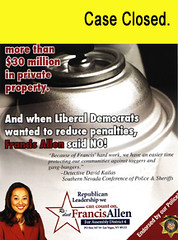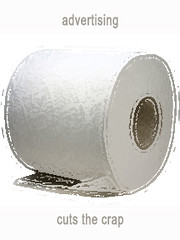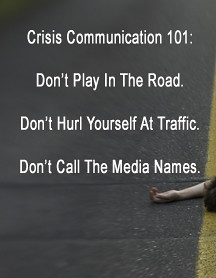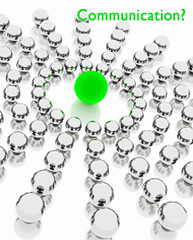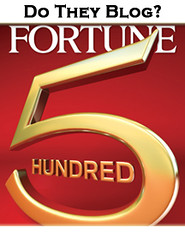 Yesterday, I received an e-mail from one of our clients with a rather cryptic lead. And, as it turned out, it wouldn’t be the last e-mail I received from other concerned parties.
Yesterday, I received an e-mail from one of our clients with a rather cryptic lead. And, as it turned out, it wouldn’t be the last e-mail I received from other concerned parties.“I think she got it wrong about which company decided to change.”
Scrolling down, it became all too clear what she was referring to. One of our accounts, an image consultant we resigned several months ago (before sending her to collection), had decided to use an e-mail blast and blog to paint an inaccurate picture.
“… After reconciling for a short period, we decided to go ahead and divorce. On top of that, the company I was using to edit my posts and I decided that our working relationship was no longer working,” wrote the image consultant, making the case that, perhaps, she let us go.
In most cases, I wouldn’t have given it a second thought (just like I didn’t give it a second thought several months ago when she posted it). Except this time, she sent the blog link to a compilation of e-mails from a speaking engagement that our company had arranged for her just prior to resigning the account. In other words, the audience just happened to consist of colleagues and clients. Ho hum.
What I Wish Everyone Would Take Away From Social Media
A few days prior, Las Vegas Review-Journal columnist Al Gibes shared what some of my students at the University of Las Vegas, Nevada might take away from my half-day social media class. (You never really know until you see the post commentary.) An excerpt:
"It's not an opportunity to create 'spin,' but rather authentic information. Be real about your communication," [Becker] said. "We're bombarded with so many messages per day that every message has to count. If you don't manage your message, your message will manage you."
Of all the lines and slides, the one above is precisely what I hope students and professionals take away form what I teach. And, it seems to me, such a shame that the image consultant never did. She would have been better off moving forward instead of looking back.
At the same time, I suppose it raises an interesting lesson for future social media consultants who may one day face a former client who decides to use the tool you taught them against you. What can you do?
A Few Tips For Social Media Pros When Past Clients Go Bad
1. Privately address any concerns that exsting clients who brought it your attention and thank them for doing so. Beyond correcting any inaccuracies, do not use that communication to attack back. It’s not worth it.
2. Privately notify the offending party that you are aware of the inaccuracy, providing them an opportunity to correct the error. If there will be additional consequences, outline what those consequences might be.
3. Consider the audience that is receiving the erroneous information, with the knowledge that most people who spin tend to communicate their own ignorance more than they communicate anything about you. Generally, it’s not worth expanding the audience.
4. If the offending party makes the matter more public (our former client resent the e-mail, without any correction, after being notified), then consider your options including whether or not the incident is a foreshadow of a crisis communication to come. (Fortunately, my example is not.)
5. In some cases, a well-thought out response in the comment of a post might be enough. If comments are moderated on that blog, you can always discuss it on your own after conducting the appropriate assessment.
6. Be prepared. On the off chance that the past client aims to escalate the drama, the general principles of crisis communication may apply. In the end, you always have to have faith that truth has a tendency to win.
For additional insight, consider a few past posts, here and here. Hopefully the takeaway from those will be that social media, especially when it is used for professional communication, is no place to seek out a personal vendetta.
As for the example I shared: since any concerns from those on the list were immediately quelled when the consultant resent the e-mail, I’m inclined to forgive it. After all, we cannot control what people say about us, we can only manage what we say about others and ourselves.








